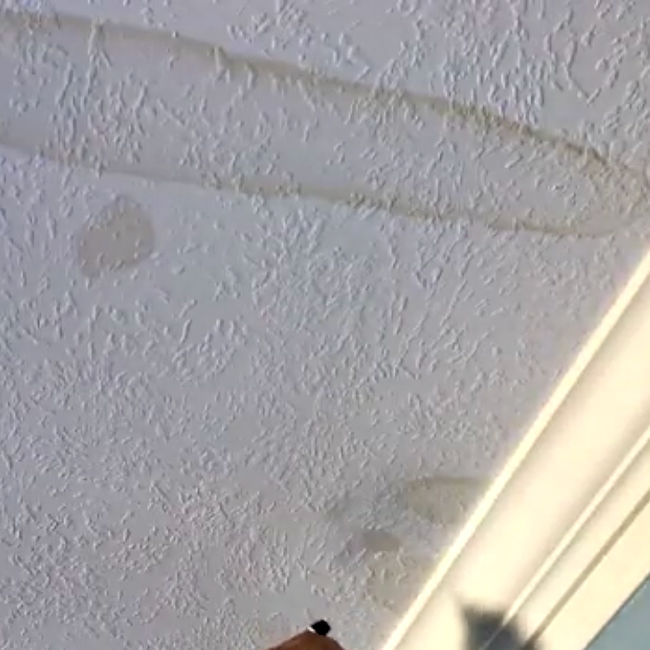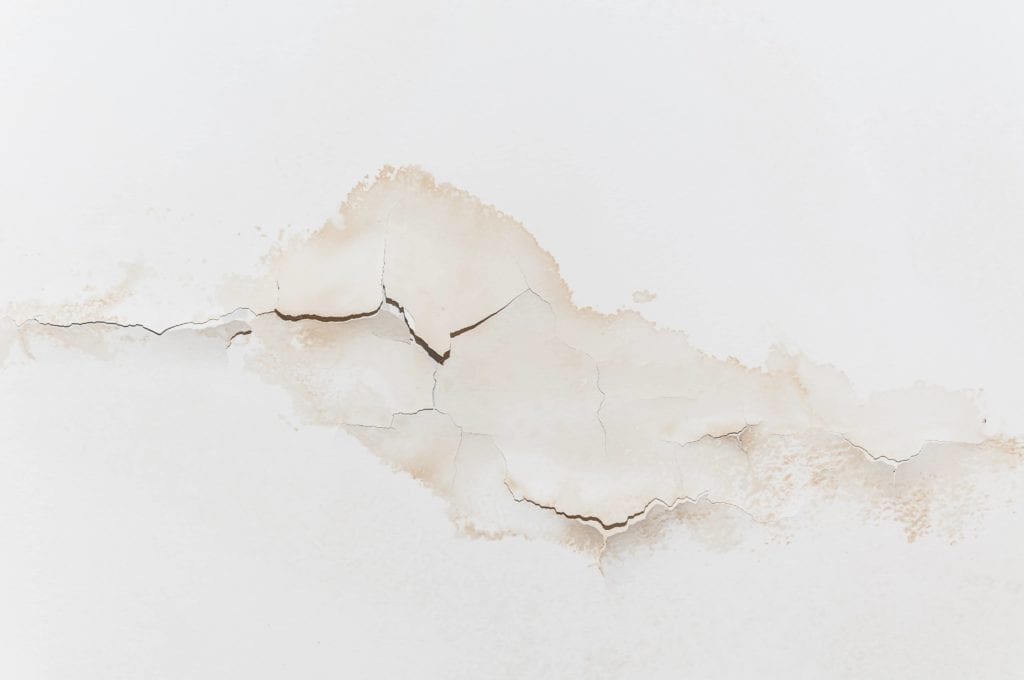How to Detect and Address Water Stains Proficiently
How to Detect and Address Water Stains Proficiently
Blog Article
We have unearthed this post on How to Remove Water Stains from Walls and Ceilings listed below on the net and felt it made sense to share it with you over here.

Water discolorations on wall surfaces are not pleasant to the eyes. Occasionally it seems practically inevitable to experience water spots on wall surfaces in houses.
Homeowners staying in moist regions regularly manage the fear of water spots on wall surfaces. That does not have to be the case for you. With all-round and exact information on the reasons for water discolorations and punctual repair processes, you will constantly be an action ahead of such incidents. This article promises to be an useful guide for you.
3 Usual Reasons For Water Stains on Walls
As opposed to common belief, water discolorations on walls do not constantly originate from bad building materials. There are a number of root causes of water spots on wall surfaces. These consist of:
Poor Water drainage
When making a structure strategy, it is critical to make certain appropriate drain. This will certainly protect against water from seeping right into the wall surfaces. Where the water drainage system is blocked or missing, below ground dampness accumulates. This web links to too much moisture that you see on the wall surfaces of your structure.
So, the leading cause of damp walls, in this situation, can be a bad drain system. It can also be due to poor monitoring of sewage pipelines that go through the structure.
Damp
When warm damp air meets with completely dry cool air, it triggers water droplets to form on the wall surfaces of structures. This occurs in bathrooms and also kitchen areas when there is heavy steam from cooking or showers. The water beads can stain the surrounding walls in these parts of your home and also infect various other areas.
Wet or condensation influences the roof as well as walls of structures. When the wall is wet, it creates an ideal environment for the development of microorganisms and also fungi.
Pipeline Leaks
Most residences have a network of water pipes within the wall surfaces. This guarantees that the pipes are well away from the reach of destructive rats. It always boosts the viability of such pipes, as there is little oxygen within the wall surfaces. This dissuades corrosion.
Yet, a drawback to this is that water leak influences the walls of the building and triggers prevalent damages. A telltale sign of defective pipelines is the look of a water tarnish on the wall surface.
Water Stains on Wall: Repair Tips
When dealing with water discolorations, homeowners would typically want a fast solution. Yet, they would certainly soon understand this is detrimental as the water stains repeat. Here are a few useful ideas that will lead you in the repair of water spots on wall surfaces:
Pro Idea
A houseplant in your house also increases its moisture. So, if the house is already moist, you might wish to present houseplants with marginal transpiration. An example of ideal houseplants is succulents.
Conclusion
No one wants to have water discolorations on wall surfaces in their home, it can take place to the best of us. This post provides you utilize, as you now understand exactly how to handle this problem if it does happen.
It is always best to hire professional services to aid deal with the damages in your house.
Often it appears almost inescapable to experience water stains on walls in residences.
In contrast to popular idea, water stains on wall surfaces do not always stem from bad building products. There are several reasons of water discolorations on wall surfaces. The water beads can discolor the surrounding wall surfaces in these parts of your residence as well as spread to various other areas.
Here are a couple of valuable suggestions that will guide you in the repair service of water spots on walls:
How to Remove Water Stains From Your Walls Without Repainting
The easy way to get water stains off walls
Water stains aren’t going to appear on tile; they need a more absorbent surface, which is why they show up on bare walls. Since your walls are probably painted, this presents a problem: How can you wash a wall without damaging it and risk needing to repait the entire room?
According to Igloo Surfaces, you should start gently and only increase the intensity of your cleaning methods if basic remedies don’t get the job done. Start with a simple solution of dish soap and warm water, at a ratio of about one to two. Use a cloth dipped in the mixture to apply the soapy water to your stain. Gently rub it in from the top down, then rinse with plain water and dry thoroughly with a hair dryer on a cool setting.
If that doesn’t work, fill a spray bottle with a mixture of vinegar, lemon juice, and baking soda. Shake it up and spray it on the stain. Leave it for about an hour, then use a damp cloth to rub it away. You may have to repeat this process a few times to get the stain all the way out, so do this when you have time for multiple hour-long soaking intervals.
How to get water stains out of wood
Maybe you have wood paneling or cabinets that are looking grody from water stains too, whether in your kitchen or bathroom. Per Better Homes and Gardens, you have a few options for removing water marks on your wooden surfaces.
You can let mayonnaise sit on your stain overnight, then wipe it away in the morning and polish your wood afterward. You can also mix equal parts vinegar and olive oil and apply to the stain with a cloth, wiping in the direction of the grain until the stain disappears. Afterward, wipe the surface down with a clean, dry cloth. Try placing an iron on a low heat setting over a cloth on top of the stain. Press it down for a few seconds and remove it to see if the stain is letting up, then try again until you’re satisfied. (Be advised that this works best for still-damp stains.) https://lifehacker.com/how-to-remove-water-stains-from-your-walls-without-repa-1849742925

I came across that post about How to Remove Water Stains from Walls and Ceilings when doing a search on the search engines. If you please set aside a second to distribute this blog post if you enjoyed it. I praise you for your time. Don't hesitate to come by our website back soon.
Get instant help, call now! Report this page